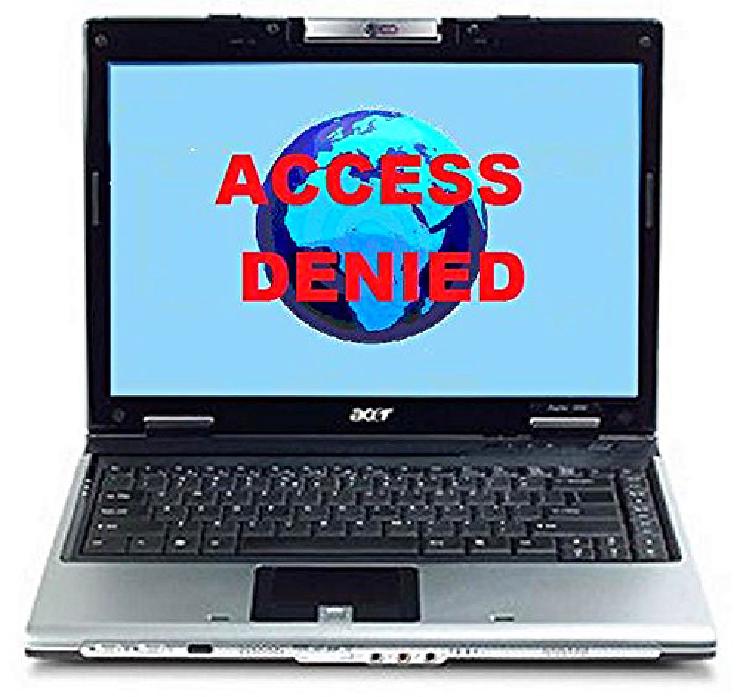
This blog has been cross posted by Open Technology Fund, as part of their series on internet shutdowns. You can read our Co-Author’s blog about the event here.
Key Takeaways
- Technology interventions designed to be useful during shutdowns can learn a lot from crisis planning by focusing on normalizing use day to day of tools, and thinking about how people can get introduced to tools before they need them, rather than as a shutdown is happening
- Better information sharing and feedback among frontline support, technology and design teams, researchers and other key stakeholders can improve shared understanding of how we’re designing intervention and support tools
- Along with better information sharing, the methods to which tools and software offer users and those that support users, needs to be relevant and appropriate to their circumstances and access. Broadening the ways in which feedback is received can help to mitigate user feedback churn
In October 2022, Open Technology Fund (OTF) brought together a group of around 50 technologists, researchers, usability experts, and digital security practitioners working on internet shutdowns. Together, the group engaged in many topics, ranging from understanding the lived experience of an internet shutdown to the challenges around technology interventions, and measuring and monitoring networks during a shutdown. An internet shutdown is when access to the internet is restricted, such that people are unable to use the internet or internet based services. This is an information control tactic that is increasingly being used around the world to affect the free flow of information.
The breakout group focused on better understanding the experience from the perspective of people — mapping out what happens as a shutdown occurs, what individuals do to find support, resilience, and seek to understand what’s happening. We talked through what it might look like to prepare and plan for shutdowns and how shutdowns affect people from marginalized groups within communities. We also approached these conversations from the perspective of how better understanding a person’s experience could impact the tools that are in development and in use to help people when a shutdown occurs. During the workshops, our community reiterated the need to learn from crisis response and emergency preparedness work, where a best practice is around scenario planning and practice, as well as ways to facilitate pre-work so that crisis situations are not a question of how to do something, but more about using the muscle memory developed in the planning process.
As part of the workshop, we leveraged journey mapping, a design tool that allows usto think through the phases of the experience, what happens when, how people respond, what they interact with, and how that overall experience feels for an individual. Using this framework allowed us to identify opportunities and gaps where there could be improvements For example, when people need to be comfortable using potential technological interventions before they need them, so that they aren’t trying to make them work or install them for when a crisis unfolds. This also speaks to opportunities surrounding communications and marketing of tools and the onboarding experience as key for adoption of technology and day-to-day use, rather than purely in the event of a shutdown. For future events, we’re also thinking about using tools like Storyworld and expanding on our persona templates to include important considerations for internet shutdowns, e.g. physical environment or emotional burdens, and generally for more resilient connectivity contexts.
Another key theme in our learning is around how we can design tools to be more resilient to intermittent connectivity. This mindset shifts how we’re building tools to be more resilient technologically to the lack of internet connectivity, and how we think about design patterns and interfaces that aren’t dependent on connectivity to be understood. We’ve explored issues like this in our work around patterns for decentralized applications, but there’s lots of work to be done to make it more commonplace that our technology doesn’t depend on a high speed internet connection to be usable.
Knowing when and how to receive feedback on these tools is critical. Our expectations are that users and digital security trainers will use the methods the tool teams present. However, we anticipate that underserved communities may experience frustration with repetition from users that are shared across multiple services nad tools. These tool teams can better understand safe, secure ways of collecting and sharing user insight to unburden users from repetitive feedback cycles.
We are excited to work together with the community to continue to improve the interventions available. Some ideas we are considering include:
- Developing more offline/local-first design patterns
- Working as a community to create testing and simulation environments, which could also facilitate the development of emergency response toolkits and processes
- Doing more research and research synthesis to help connect learnings from different communities and regions to each other and to the broader community
If you are working on problems like these and want to connect or get involved, we’d love to hear more and get connected to share ideas.